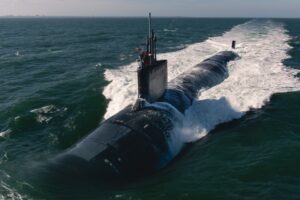
A group of House lawmakers introduced a new bill on June 15 to establish a joint training pipeline between the U.S. Navy and Royal Australian Navy, helping the start preparing for the AUKUS nuclear-powered submarine deal to proceed. In this bill, The Australia-U.S. Submarine Officer Pipeline Act, Australia would be allowed to send at least two of its submarine officers to participate in training with the U.S. Navy each year. Each participant would train at the Navy Nuclear Propulsion School,…

 By
By 











